10 Things Engineers & Maintenance Managers Should Know About Check Valves
Check valves serve a wide variety of purposes and services. Understanding how they work is essential to accessing the range of benefits they offer. We all want to purchase check valves that are not only of the highest quality, but offer long-lasting durability and sustainability. Finding the best valve for your project requires research and a clear understanding of the way the valves work and how they will impact your application. To ensure that your valves run smoothly from start to finish, there are key facts about check valves that all engineers and maintenance managers must know.
Below is DFT’s list of the top ten things to keep in mind when purchasing and implementing check valves.
- Check Valves are an essential element in the design of an efficient pumping system
- Check Valves should be sized for their application and flow, not based just on pipe diameter
- Water Hammer is a direct result of a pressure surge or wave caused when a fluid (usually a liquid or slurry ) in motion is forced to stop or change direction suddenly
- Water Hammer can be significantly reduced with the correct choice of Check Valve
- An undersized valve will cause high pressure losses and create excessive noise and vibration
- An oversized valve can lead to premature wear and failure of the valves internal components
- Properly sized check valves can dramatically add to the life of the valves as well as longevity of pumps and other related components
- An energy efficient check valve is a properly sized check valve in a pump fluid flow system that allows the required flow, while minimizing energy consumption
- Low flow application check valves should be sized so the valve is fully open based on maximum flow
- Metal sealing surfaces generally will allow some leakage while elastomers (soft seats) such as Buna-N and Viton provide bubble-tight shutoff (zero leakage)
When used properly and for the appropriate projects, check valves can offer consumers a wide range of useful benefits. Understanding their capabilities, then, proves an essential part of utilizing them toward the success of your system. To find out other key considerations when designing fluid or Gas flow Systems, download our Design for Flexibility eBook.
At DFT Valves, we’re committed to providing you with exemplary valves for a wide range of systems and services, if you have questions, please contact us today.






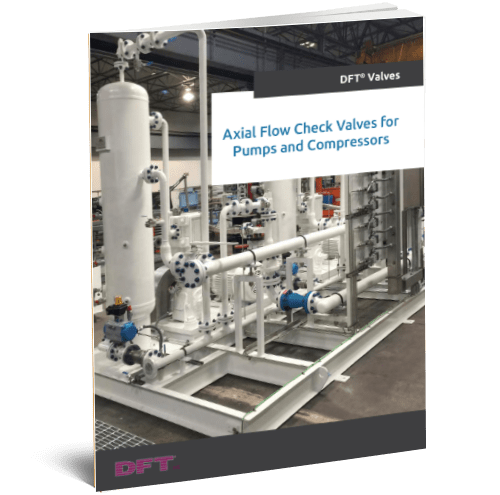
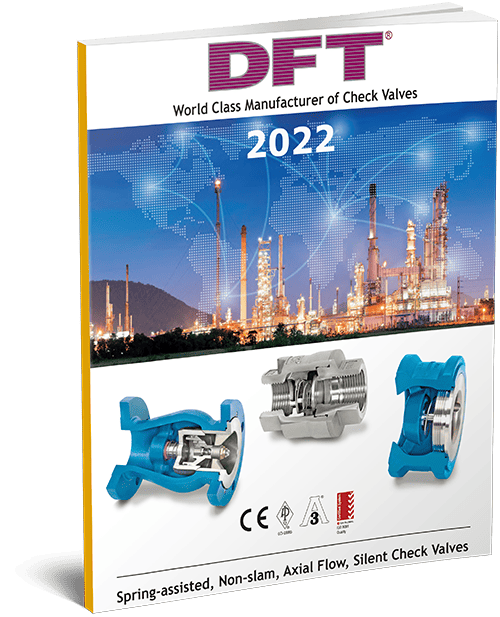
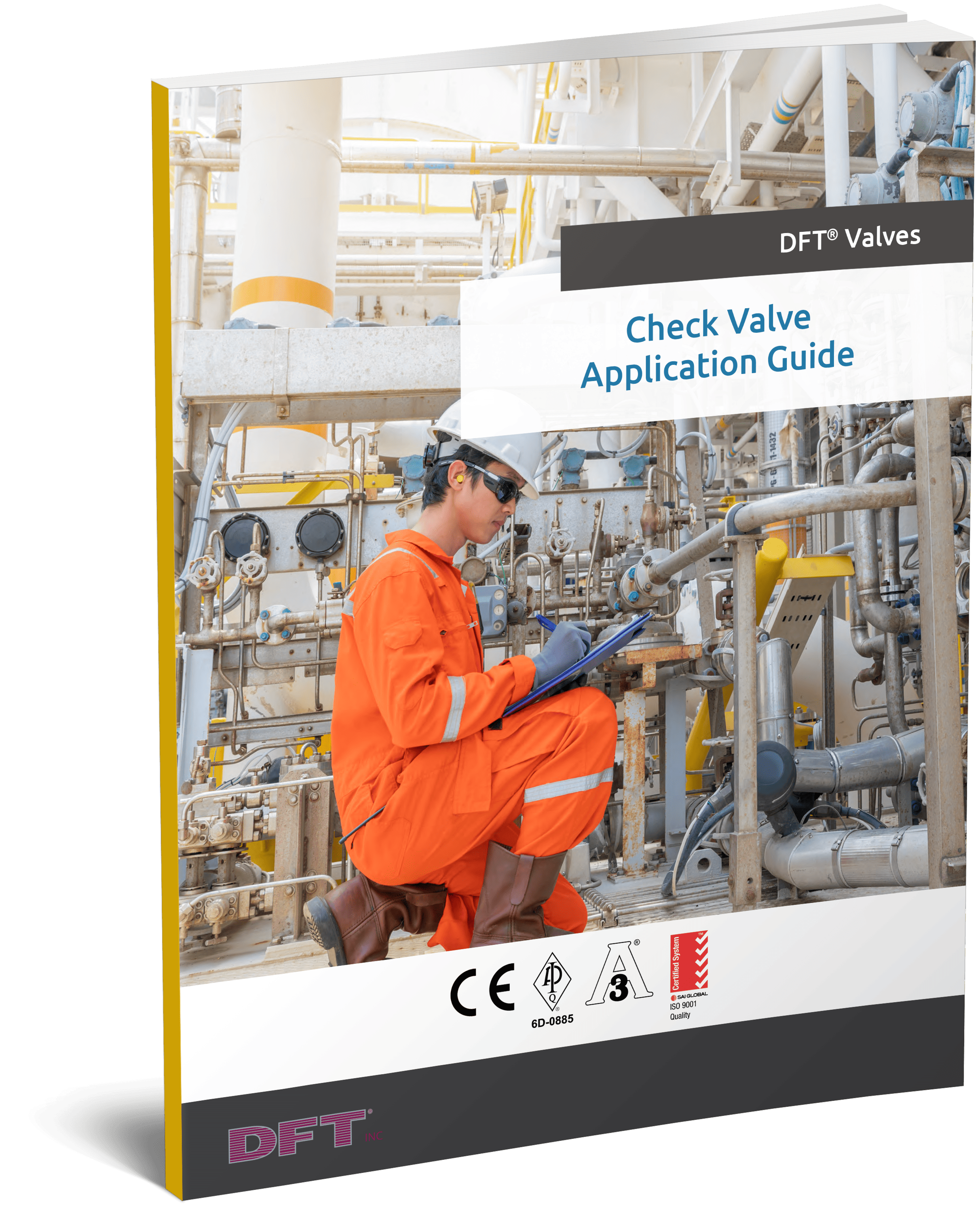

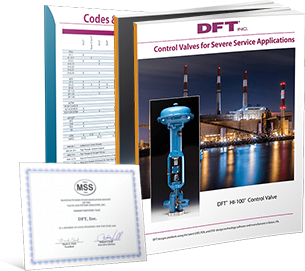
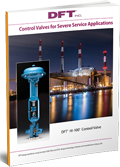
Comments are closed